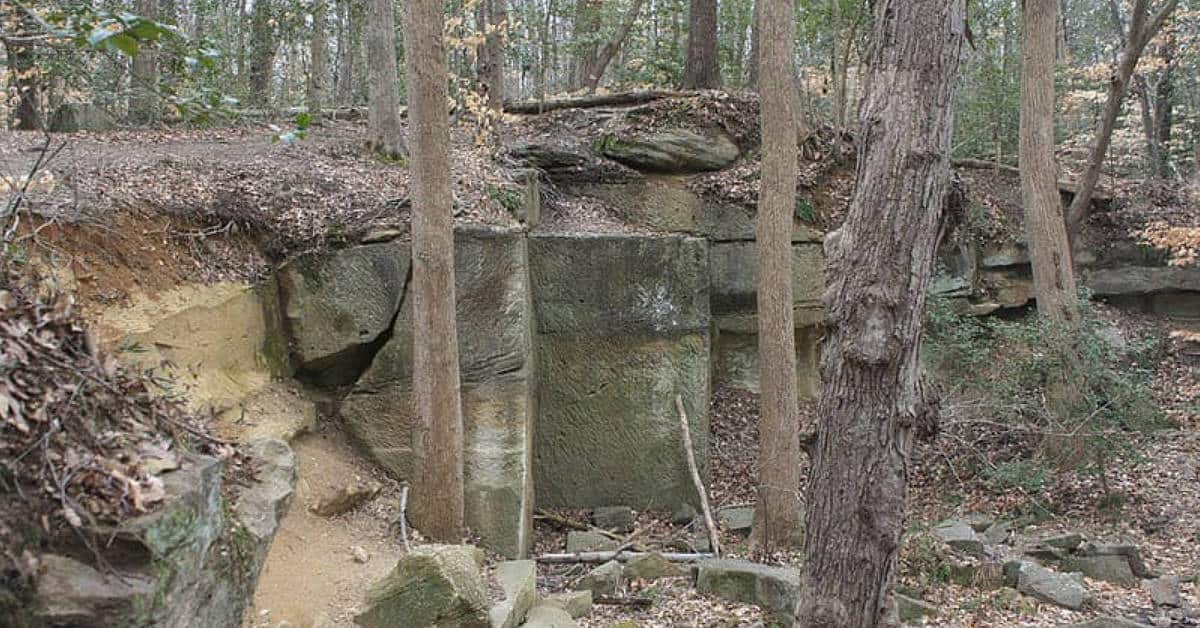What Americans don’t know about their own history is surprising, but at least they’re not alone. Polls have shown that many Britons believe the legendary King Arthur to have been real. Frenchmen regard Napoleon as one of France’s greatest leaders and warriors, though the Emperor was in a fact a Corsican, not a native of France. So ignorance of real history is not unique to America, though it is widespread there, often for political reasons. It is easier to believe what one wants to believe than it is to face a truth which challenges established opinions.
Much of what some Americans accept as their history is as mythological as Paul Bunyan’s giant blue ox. But they accept it as genuine. For example, the Pledge of Allegiance as originally written did not contain the words, “under God” when it was adopted by Congress in 1942. They were added twelve years later, during the height of the red scare. The truth is easily discernible in the Congressional Record and elsewhere, but those who find the truth inconvenient resolve to deny it, despite its being undeniable. Wrong information, no matter how obstinately defended, remains wrong and is passed to succeeding generations, leading to a false record of America’s history, and a false impression of its present.

Here are eighteen things many Americans don’t know or won’t accept about their history.

1. Myth: Pocahontas and John Smith Were Part of a Tragic Love Story
Fact: Pocahontas Was Only 10 Years Old when John Smith Arrived in Virginia…
One of America’s oldest and most enduring legends is that of Captain John Smith, Pocahontas, and John Rolfe. When Smith and the English arrived in Virginia in 1607, Pocahontas was about ten years old. John Smith left Virginia in 1609, never to return to the colony. Nor did he mention Pocahontas in his early writings other than in passing, though he did describe a lengthy feast and discussion with Powhatan, during which the native chieftain attempted to woo the English settlement into his confederacy. Smith did not describe Pocahontas as having saved him until 1616 when he told of the event in a letter to Queen Anne.
Smith wrote of the event in anticipation of Pocahontas and her husband, John Rolfe, visiting England. In 1624, Smith published his General History of Virginia, which recounted events in the colony of which he had no first-hand knowledge, and included a greatly expanded version of the threat to his life at the hands of the natives and Pocahontas, whom by then had been dead several years, intervening to save him. The romantic tale became the subject of poems and junk history, and Smith’s largely self-serving version, in which the young native Princess prefers English morality and courage over her own father’s beliefs, is most likely entirely fiction. Smith told a similar tale in which he was saved by a native woman which occurred during his adventures in Turkey.

